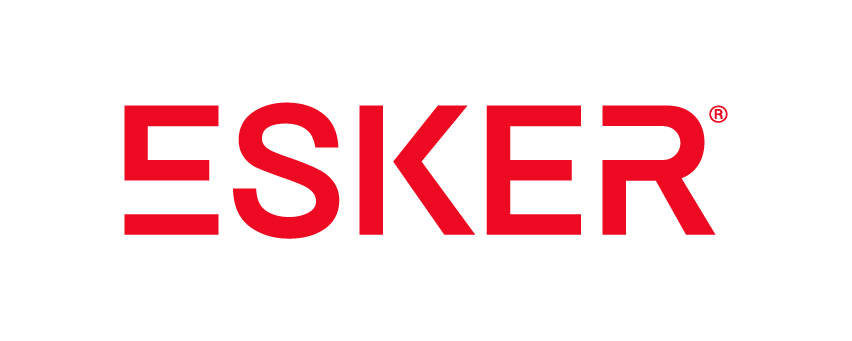The different types of corporate fraud, explained

Corporate fraud is a growing problem affecting businesses of all sizes and across all sectors. According to Trustpair, 96% of businesses experienced at least one fraud attempt in 2023. Fraud comes with high costs — not just financially, but also in terms of business reputation and trust.
What is corporate fraud?
Corporate fraud takes many forms, posing a significant challenge to financial management. Simply defined, corporate fraud is illicit acts aimed at manipulating or diverting resources away from a company for personal gain, including accounting malpractices, asset theft and abuse of power. Fraud motives vary, ranging from financial need to perceived opportunities from weaknesses in internal controls.
The business repercussions of fraud are numerous: direct financial losses, damage to reputation, loss of investor and customer confidence, and even significant legal consequences. Understanding these impacts helps assess the severity of the situation and emphasizes the importance of prevention. Raising awareness among teams on this issue is also crucial to protect company assets and maintain the trust of all stakeholders.
Common business fraud types & examples
Internal fraud
- Embezzlement: employees stealing money or company property — for example, by making unauthorized transfers for their own benefit.
- Accounting manipulation: altering accounting figures to hide embezzlement or enhance company performance, such as by inflating revenue or reducing expenses.
- Conflicts of interest: making decisions that personally benefit employees at the expense of the company, such as awarding contracts to a family company at inflated rates.
External fraud
- Cyber fraud: hacker attacks aimed at stealing sensitive information, funds or disrupting business operations. Phishing, where fraudsters send deceptive emails to steal information, is a common method.
- Vendor fraud: invoicing for goods or services not provided or overcharging by vendors, such as by sending invoices for services not rendered.
- Fake bank details fraud: impersonating a supplier in order to provide fraudulent bank details.
Customer fraud
- Refund fraud: customers request refunds for products they didn’t purchase or already use, such as returning a defective product that was intentionally damaged.
- Identity fraud: using false identities to obtain credit or products without the intention of paying, including opening accounts with stolen information.
These examples clearly demonstrate that fraud can originate from both inside and outside the company. Each type of fraud requires specific vigilance and tailored preventative measures. By understanding these different scenarios, companies can better prepare and implement effective strategies to protect their assets.
Best practices for preventing corporate fraud
Fraud is costly, both financially and in terms of reputation. Here are some of our best tips for minimizing and preventing corporate fraud.
Control the business environment
The first step is to strengthen internal controls. This involves establishing strict protocols for financial processes with multiple levels of approval.
These controls must be complemented by an ethical corporate culture. By fostering a culture of integrity and compliance, you regularly raise awareness among your employees about the risks of fraud, which helps create a work environment where fraud is less likely to occur.
It's also important to continually monitor your company's activities. Regular internal and external audits help quickly identify potential vulnerabilities. This constant vigilance helps prevent fraud before it causes significant damage.
Work with secure partners
When working with external business partners, it’s vital to choose certified partners who adhere to rigorous security standards. Improving the selection process of business partners, especially suppliers, can ensure that your organization works with high quality partners with minimal risk. Learn more about how Esker’s Supplier Management platform reduces risk for businesses.
Also, make sure your company's ERP systems are synchronized with those of your partners. This synchronization improves the traceability and verification of transactions, thus reducing the risk of fraud.
Act quickly in case of fraud
If fraud is detected, managing it quickly is essential. Immediately isolate any suspicious transactions and inform the appropriate authorities.
Next, identify the source of the fraud to prevent further infiltration. For example, if fraud involving a fake bank account is suspected, block all payments to the supplier in question until the correct bank details are confirmed.
Collaborating with experts like Esker can greatly improve the security and verification of banking data, thus preventing identity theft.
Implement technology solutions to prevent fraud
Adopting digital risk management tools is essential for any company concerned with protecting its assets. Esker's Source-to-Pay suite allows you to digitize and automate the entire supplier cycle, optimizing processes by eliminating manual tasks.
Additionally, centralizing data and contracts strengthens supplier management, while real-time visibility into spending improves decision-making.
In short, fraud prevention relies on a combination of rigorous practices and advanced technological tools. By integrating these elements, businesses can more effectively protect themselves against potential threats and ensure their long-term resilience.
The benefits of digitization to prevent fraud
Digitizing your processes not only strengthens your business security, but also improves its overall efficiency through:
- Risk reduction: automated solutions minimize human error and reduce the possibility of fraudulent manipulation.
- Financial gains: a reduction in fraud results in significant savings for the company.
- Regulatory compliance: compliance with current standards and regulations is ensured, which strengthens the confidence of your customers and partners.
Additionally, digitization fosters better collaboration between Finance and Procurement departments. It centralizes data for optimal traceability and provides real-time visibility that enhances decision-making. Esker's Source-to-Pay Suite is your ally in achieving these goals.
Moving towards enhanced protection against fraud
Fighting fraud requires a comprehensive and proactive approach. By combining advanced technology, an ethical corporate culture and close collaboration with trusted partners, you can protect your business against current and future threats.
Esker's Source-to-Pay Suite offers a robust solution to secure and optimize your financial processes. Watch Esker’s Source-to-Pay demo now.

